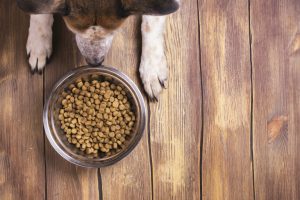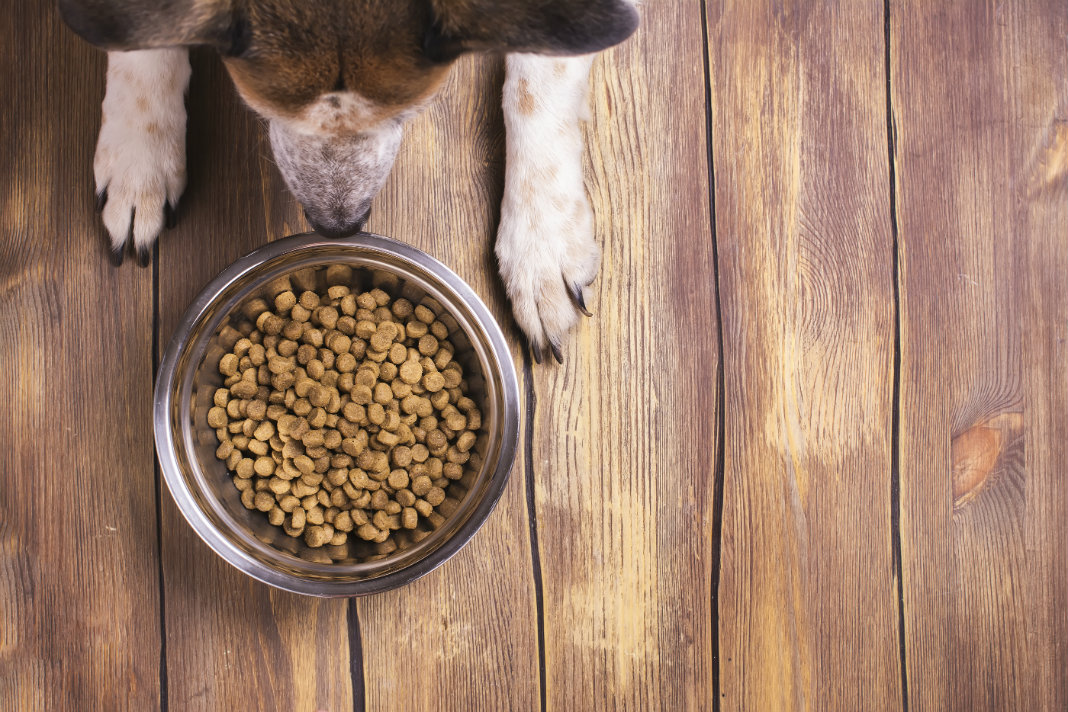Choosing your dog’s food is complicated with all the different opinions coming at you from every corner. There are the proponents for raw food who argue that your dog will avoid ingredients that they may be allergic to such as soy. You have the commercial voices arguing for all-natural choices that have created recipes with nutrition in mind. Then you have others who support brands with tasty ingredients, playing on the owner’s emotional side that wants to make their dog happy.
You can see why making a choice is stressful at times. Here are four tips to help you along that process.
- Above all else, always go for nutrition first
Your dog’s health is your priority, and that starts with the food they eat. Healthy eating habits increase live expectancy, improves their immune system, and keeps your dog healthy. This is why you should focus on what is most nutritional. Often, this means that the food branded as the tastiest is not going to be your first choice – much like human food.
These “more delicious” foods will not make your dog happy. One of the most common causes of dog mortality is obesity, and the good-tasting branded food contributes to your dog’s weight.
- Consider possible allergies your dog might have
As mentioned above, one of the arguments for feeding dogs raw food is that it does not include many types of food that they can be allergic to like corn, soy, wheat, eggs, and dairy products. However, what raw food supporters do not discuss is the fact that dogs can also be allergic to chicken, beef, and lamb – all of which are essential ingredients in both raw and commercial foods.
You can tell if your dog is allergic to what they are eating if they have itchy skin. It doesn’t matter if your dog’s food is raw or commercially prepared because the ingredients speak for themselves. Food with fatty acids like fish oil and high vitamin content fights these allergies. However, you should ultimately consult with your dog’s vet – which brings us to our next point.
- Consult Your Veterinarian
You should also consult your veterinarian when choosing what to feed or dog, or when you want to change what you are feeding your dog. Each canine is unique and therefore have different dietary needs. It ultimately takes time and research to understand what is healthiest and best suited for your dog – your vet is an excellent resource.
Vets won’t try and sell you on a particular brand or style. They’ll advise you on what types of ingredients to look for, what to avoid, and potentially give you a range of options to choose from. If your vet can’t do this, they will get you in touch with a trained nutritionist.
- Raw or Commercial?
Ultimately the choice between raw and commercial food is up to you. Making raw food is time-consuming, and you need to make sure it’s been prepared well otherwise your dog could contract bacterial infections or possibly salmonella. On the other hand, you know exactly what you’re feeding your dog with raw food.
You should always choose the most nutritional commercial option, but this kind of food can be expensive. Although you’re able to read the ingredients, many would argue that you don’t know exactly what’s in the bag. The potential risks in raw food are there, and commercial food has been designed to meet dietary needs.
If you do the research, consult your vet, and arm yourself

with knowledge, whatever choice you make will be best for your dog. At the end of the day, you need to be comfortable with what your dog is eating and your dog needs to be healthy and happy.

